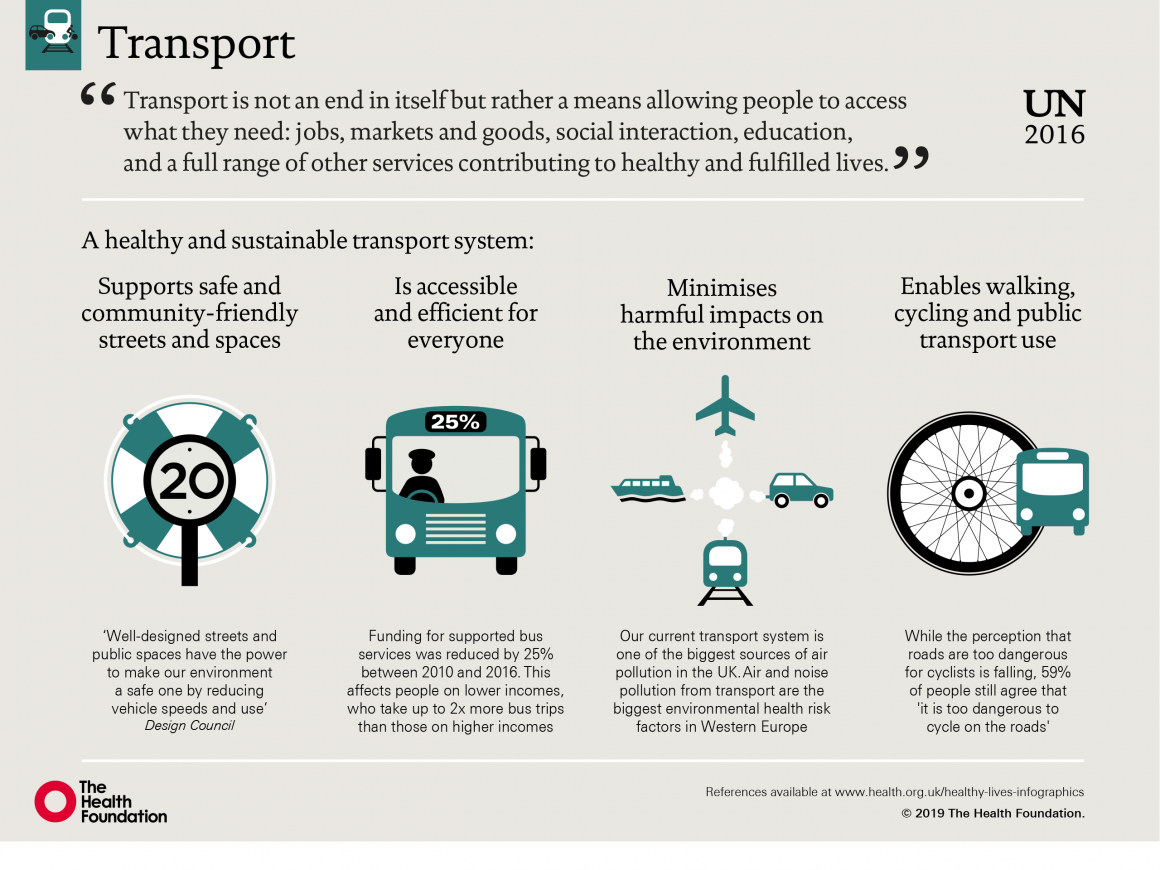Community Resources And Assistance: Enhancing Primary Care Providers Locally

Content Writer-Lohmann Krarup
When it involves boosting primary care solutions locally, tapping into community resources and assistance is key. Think of a network of interconnected organizations and groups collaborating to enhance healthcare gain access to and high quality in your location. From health and wellness divisions supplying crucial data to non-profits offering specialized services, each entity contributes to a much healthier neighborhood. But how precisely do these collaborations unravel, and what methods verify most efficient in leveraging these resources for optimal effect? Let's check out the complex web of community assistance and its extensive implications on primary care solutions.
Relevance of Community Engagement
Engaging with the neighborhood is vital for promoting a sense of collaboration and trust within neighborhood medical care solutions. By actively involving neighborhood participants in decision-making procedures, healthcare providers can much better comprehend the distinct requirements and difficulties encountered by the populace they offer. When medical care solutions are created in assessment with the neighborhood, they're more likely to be effective and well-received.
Neighborhood engagement likewise plays an essential duty in promoting health and wellness education and precautionary treatment campaigns. By building strong connections with neighborhood residents, healthcare providers can more effectively communicate crucial health information and urge healthy actions within the community. This aggressive method assists stop illnesses and promotes total well-being amongst neighborhood members.
Additionally, community interaction cultivates a feeling of ownership and liability amongst doctor. When the neighborhood is involved in shaping healthcare services, carriers are most likely to be responsive to the needs and choices of the population they serve. https://www.google.com/maps?ll=25.761343,-80.194369&z=15&t=m&hl=en&gl=PH&mapclient=embed&cid=12420991527048278862 brings about a lot more patient-centered care and improved health end results for the neighborhood overall.
Key Community Resources
To effectively enhance primary care services in your area, determining and leveraging key neighborhood resources is vital. These sources can include local health divisions, area university hospital, charitable organizations, and volunteer teams. Neighborhood health divisions often offer valuable data, experience, and support for public health initiatives.
Neighborhood health centers use important clinical solutions to underserved populations, adding to general area health and wellness. Non-profit organizations play an important role in dealing with certain health requirements, such as psychological wellness assistance or chronic illness management. Volunteer groups can give extra manpower and assistance for health-related occasions or programs.
Schools and universities are also substantial community sources that can provide wellness education programs, research collaborations, and accessibility to pupil volunteers. Faith-based organizations might supply spiritual and emotional support, along with sources for neighborhood participants in need. By teaming up with these key community sources, medical care providers can improve accessibility to care, resolve health disparities, and enhance total neighborhood well-being.
Strategies for Cooperation
Take into consideration leveraging existing relationships and networks within the neighborhood to establish efficient methods for partnership. By using recognized connections, you can simplify interaction and control in between different organizations and people.
Beginning by recognizing vital stakeholders that share a typical rate of interest in improving health care services in your area. Involve with https://www.emro.who.int/pak/programmes/primary-a-secoundary-health-care.html to create a shared vision and set clear objectives for partnership.
Develop a communication plan that lays out just how information will be shared, meetings scheduled, and progress tracked. Make use of technology such as shared online systems or team messaging apps to facilitate simple interaction.
Routinely review the performance of your collaboration approaches and be open to making modifications as needed.
Establishing official agreements or Memorandums of Recognizing (MOUs) with partner organizations can aid make clear functions, obligations, and expectations. These arrangements can additionally deal with potential difficulties upfront, ensuring a smoother cooperation procedure.
Verdict
In conclusion, area sources and support are crucial for improving health care services locally.
By engaging with crucial stakeholders and teaming up with different organizations, medical care suppliers can better meet the requirements of underserved populaces and promote community well-being.
By interacting, we can make certain that everyone has access to top quality health care and assistance solutions within their local community.

